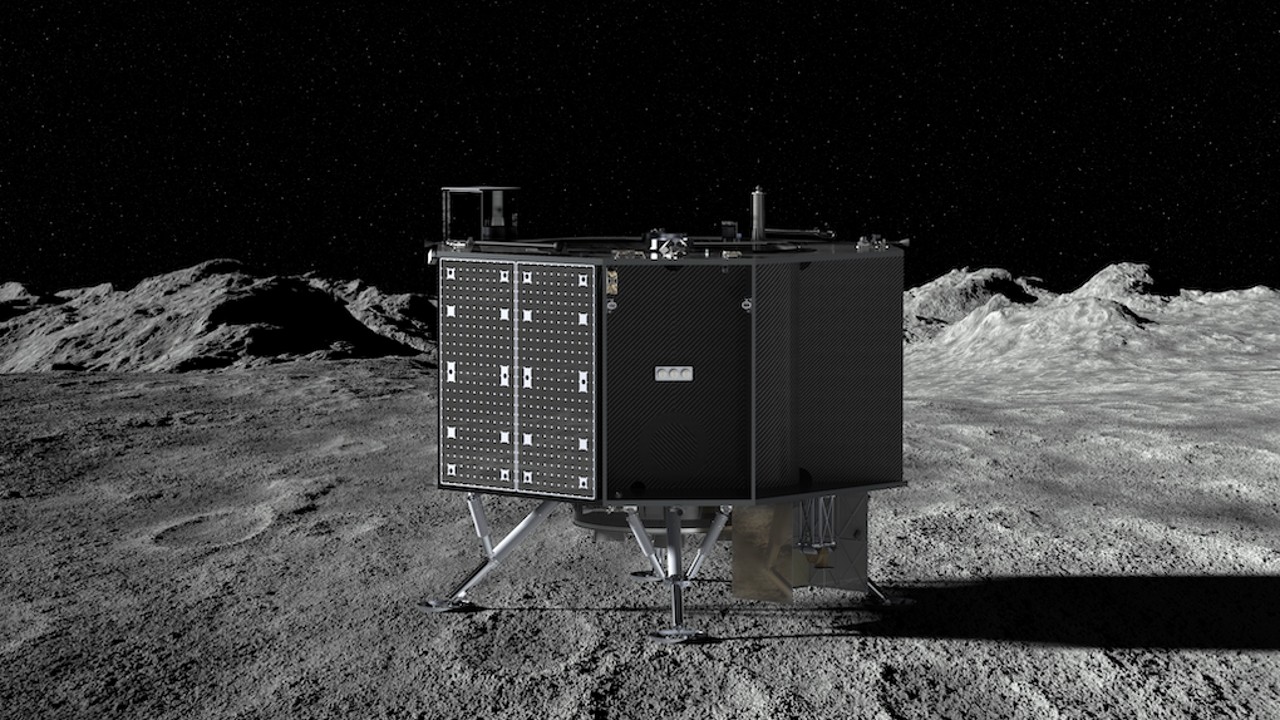Japan's ispace nabs $55 million NASA moon landing deal, slips 3rd lunar launch to 2026
The Tokyo-based company aims to help open the lunar frontier.

Private spaceflight company ispace has laid out its plans for its next missions to the moon.
In a media briefing held Thursday (Sept. 28), ispace representatives made a series of announcements that show the company is aiming to be a major player in moon exploration in the years to come. First and foremost, the Toyko-based company announced that it would be opening a new United States headquarters in Denver.
"We're a U.S. company launching an American spacecraft from American soil to the moon, but we're doing it with the strength of being a combined family of companies, a family of nations, all going to the moon together," former NASA astronaut Ron Garan, the CEO of ispace technologies U.S., said in the briefing.
Related: Private Japanese moon lander crashed after being confused by a crater
From its new U.S. headquarters, ispace will manufacture its new Apex 1.0 lunar lander, which boasts dedicated satellite bays, increased protections for sensitive payloads and a projected payload capacity of 1,100 lbs (500 kilograms). ispace's Daniel Hanson said the lander will be able to "deliver and operate the most sensitive payload operations to the near side [and the] far side of the moon."
Some of those payloads will be delivered on behalf of NASA. In today's briefing, ispace representatives announced that the primary customer for its upcoming Mission 3 is NASA, which has selected the company as part of its Commercial Lunar Payload Services program (CLPS). ispace stated during the briefing that it has signed a $55 million contract with NASA for Mission 3 in order to land near the lunar south pole carrying approximately 210 pounds (95 kg) of scientific payloads.
But that's not all the mission will do. On its way to the lunar surface, Mission 3 will deliver relay satellites that will remain in orbit around the moon to serve as communication relays. "And since there's still room for more payload capacity," Garan continued, "we are continuing conversations with private companies and government agencies to acquire global customers in addition to NASA."
Breaking space news, the latest updates on rocket launches, skywatching events and more!
Garan added that the company has already made an agreement to sign a contract for another Mission 3 payload, but that details cannot yet be disclosed.
ispace is aiming to launch Mission 2 in 2024, while Mission 3's launch date, originally set for 2025, has now slipped to 2026.
The company launched its first mission in December 2022, sending its Hakuto-R lander toward the moon. Hakuto-R was set to land on April 26, 2023 near the 54-mile-wide (87 kilometers) Atlas Crater in the Mare Frigoris ("Sea of Cold") region of the moon's near side. The lander's onboard computer misread its altitude on its way down the lunar surface, however, resulting in a crash.
Success would have been historic: No private company, or Japanese spacecraft, has ever soft-landed on the moon. The Japan Aerospace Exploration Agency (JAXA) aims to tick that latter box soon: Its SLIM moon lander, which launched earlier this month, will attempt a lunar touchdown about three months from now, if all goes according to plan.

Brett is curious about emerging aerospace technologies, alternative launch concepts, military space developments and uncrewed aircraft systems. Brett's work has appeared on Scientific American, The War Zone, Popular Science, the History Channel, Science Discovery and more. Brett has degrees from Clemson University and the University of North Carolina at Charlotte. In his free time, Brett enjoys skywatching throughout the dark skies of the Appalachian mountains.
